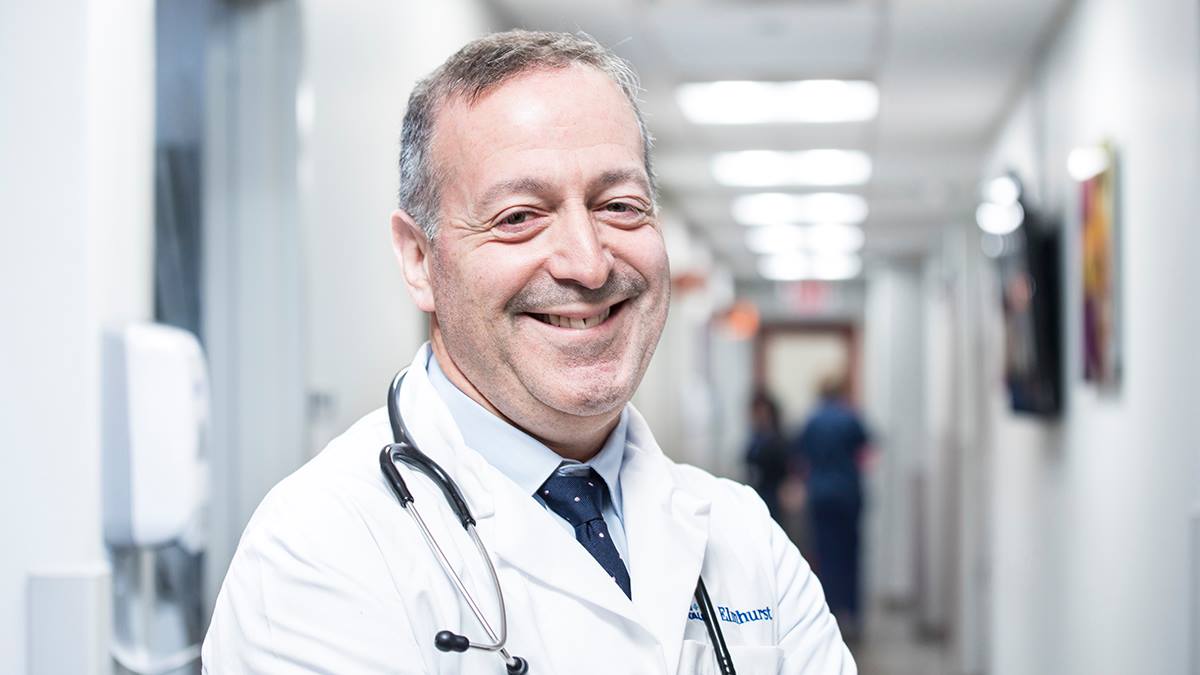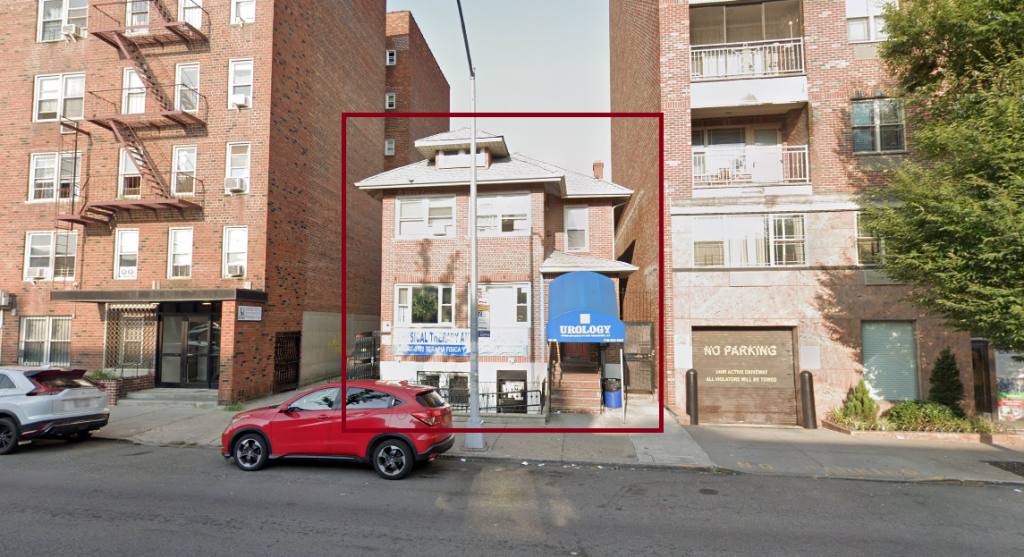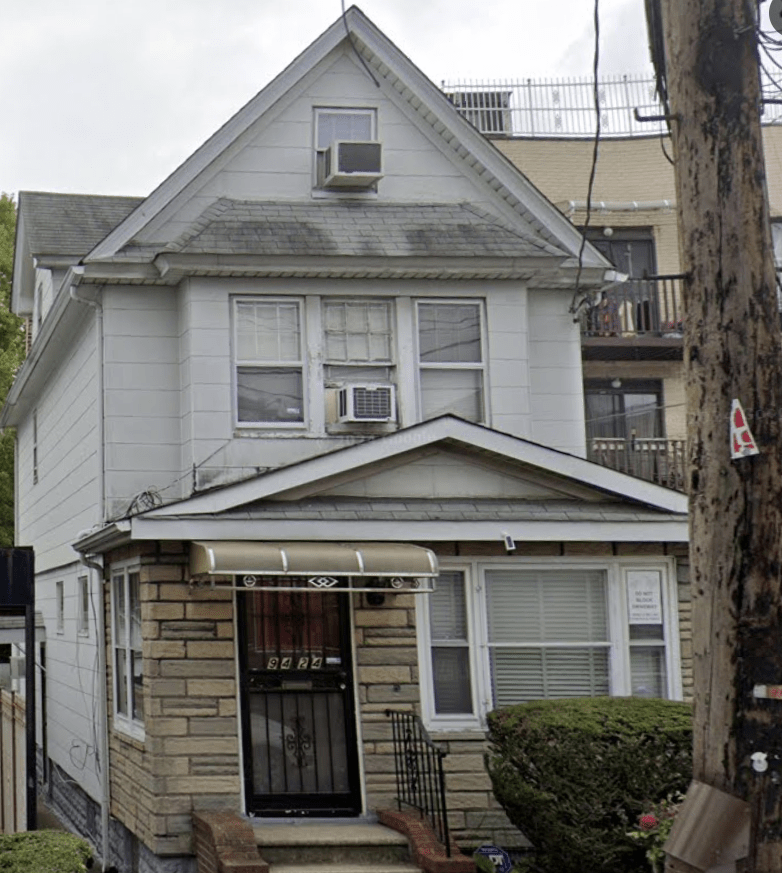Since the end of last month, Elmhurst Hospital has been the center of the COVID-19 crisis in Queens, admitting about 200 patients who tested positive for the virus as of March 30.
Elmhurst’s Emergency Department Director, Dr. Stuart Kessler, described the experience as “challenging” and added that “no hospital in the country was prepared” to deal with a pandemic of these proportions.
Kessler praised the hospital and its healthcare staff, including attending physicians, residents, mid-level practitioners and nurses and said in the past, they have trained for “disaster and mass casualties.”
“It’s a totally different experience. I’ve been doing emergency medicine for more than 20 years [and] none of us could have imagined what we’re seeing,” said Kessler. “I still sometimes have a hard a time getting my head around the fact of what we’re seeing today. It’s something very different than anything we’ve ever thought would happen or could happen.”
Making adjustments
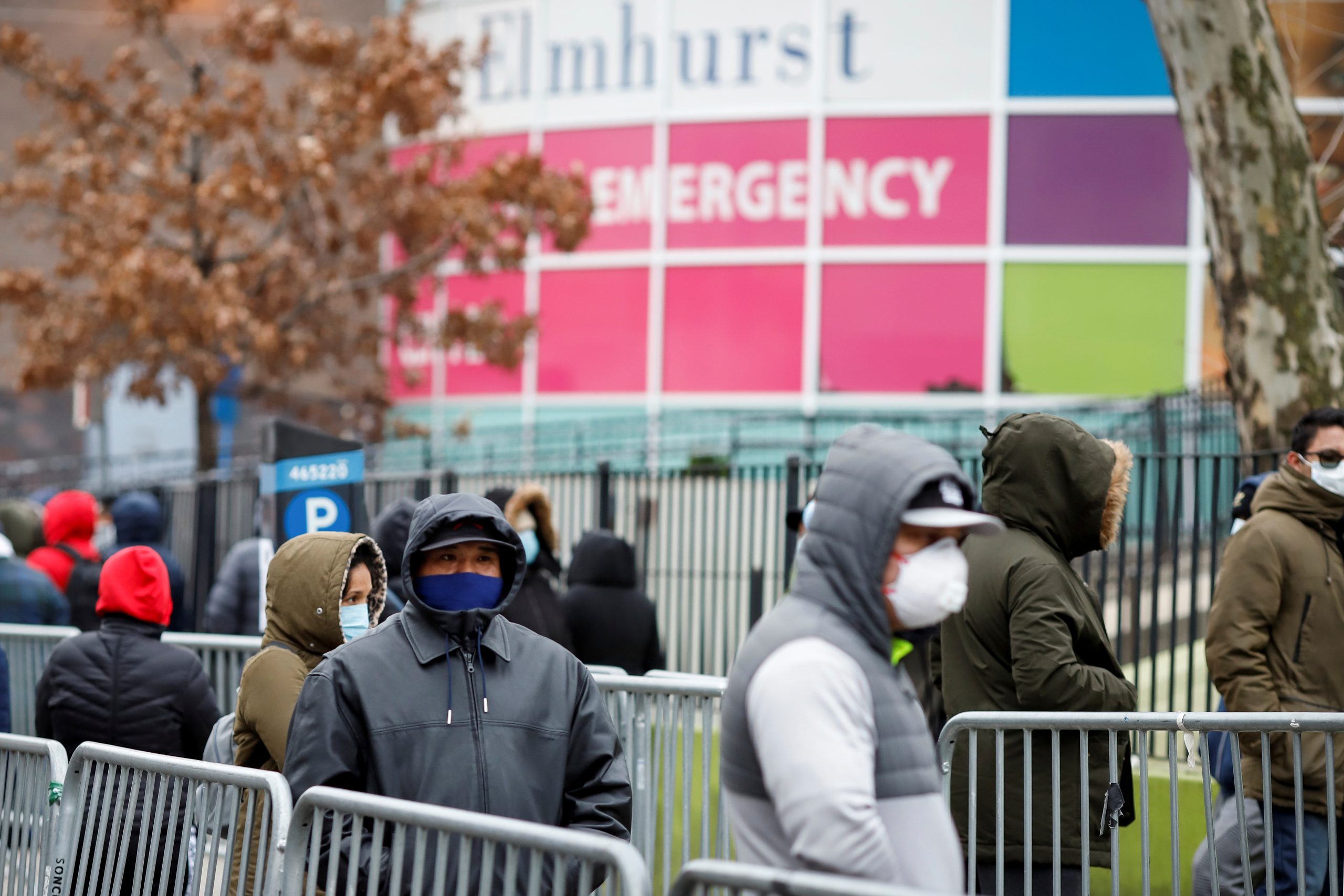
According to Kessler, the early parts of March brought “huge volumes of patients that we never expected to see.” The doctor estimated that during that time, Elmhurst admitted more than double the patients that would come on any other given day.
“It started with a few patients that I don’t think anyone would recognize would likely turn out to be patients infected with coronavirus. We then gradually saw a huge increase in our volume of patients that were coming to the emergency department,” he said.
The dramatic increase in patients required the staff at Elmhurst to make changes in the way they staffed their employees and in treating patients diagnosed with the virus.
“We had to figure out who of all those patients was really sick and who needed the most intense care [or] who could get a medical screening exam, be given good discharge instructions and told that they could go home fairly rapidly after a thorough evaluation,” Kessler said.
According to Kessler, the issue wasn’t the amount of patients admitted to the hospital but rather their acuity, or severity of their illness. The doctor said that over the past few weeks, Elmhurst saw an increase in those patients who became seriously ill from COVID-19.
“Now, it wasn’t so much that there was a huge volume of patients walking in, there was just a large number of really sick patients. We’ve intubated more patients in two or three days than we would in two or three months,” Kessler said.
To offer an alternative to going inside the hospital for testing, Elmhurst set up an outdoor tent next to the emergency department.
“Some people were just coming to the emergency department because they wanted to get tested. So we were able to give them an option that didn’t require them to come to the emergency department, they had the option, if they chose, to get tested,” said Kessler.
A need for more supplies
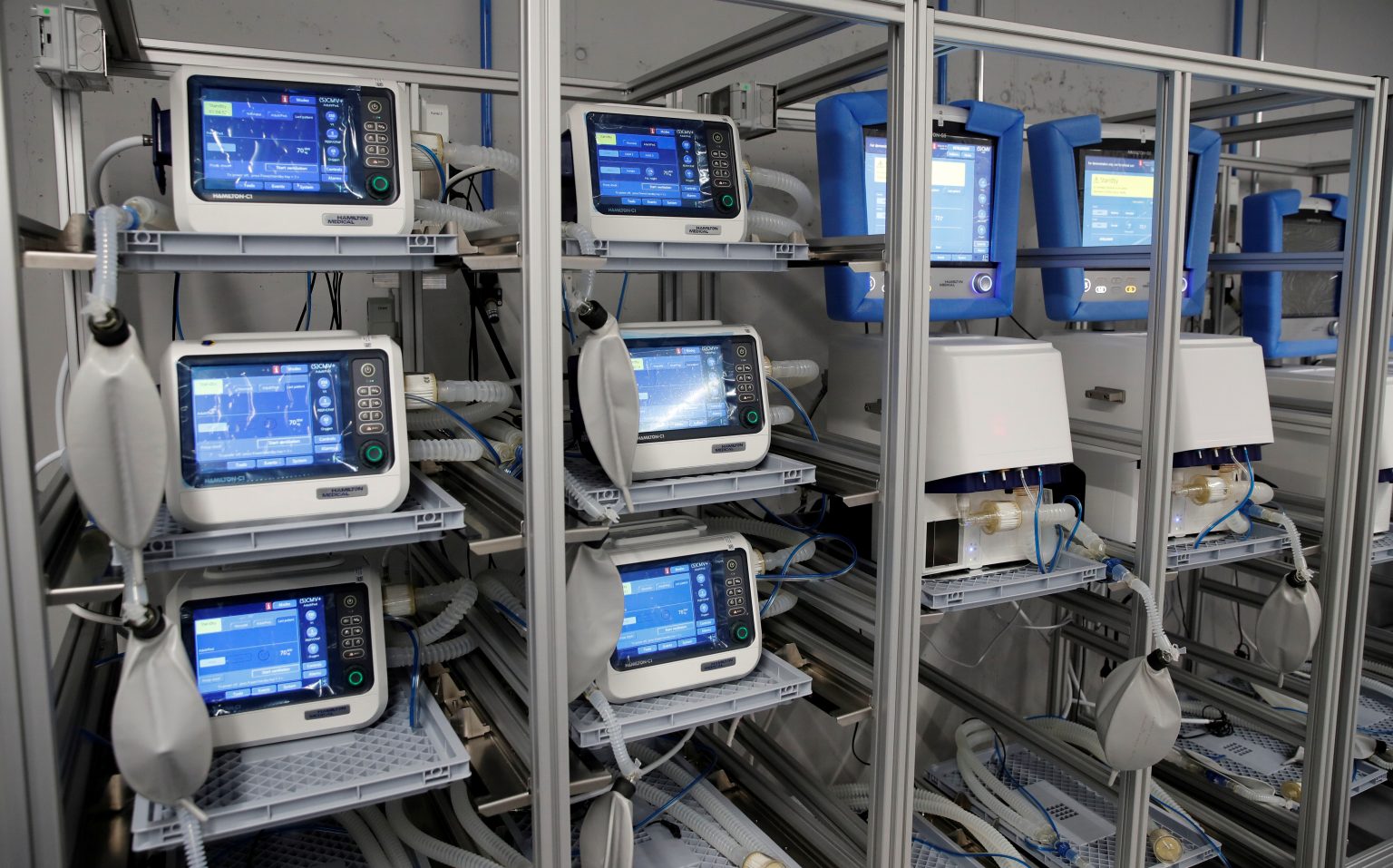
Prior to the COVID-19 outbreak, Kessler said that Elmhurst had enough resources, including ventilators, for “any day of the week.”
“But when people began to realize what the need was, it was something that was sort of extraordinary. It required us to work really hard to try and get the resources we needed,” Kessler said. “So, I’m sure there was some concern on everybody’s part about how many patients are going to come in tomorrow that need to be intubated and put on vents and can we get enough vents to manage all the patients that need them.”
What he and other hospital staff try to do is to manage their needs on a daily basis and determine if they’ll have enough resources to last for the next two to five days and beyond that.
“We’ve managed to keep up and that’s great. So the fear is just, will we be able to keep up today [and] will we have enough for tomorrow,” he said. “We’re always concerned and we’re always looking to get more because we know if we have enough today, that doesn’t necessarily mean we’ll have enough tomorrow. We always have to be looking to get more tomorrow and more the next day and more the next day.”
Fortunately, the doctor said that leadership, including Vice President of NYC Health + Hospitals Israel Rocha Jr., hospital administrators and the government have provided “great support” in providing enough supplies for Elmhurst’s needs.
So far, Kessler said that they have not run out of supplies and added that a lot of people have “stepped up” to donate PPE to the hospital.
“I think in hospitals that haven’t experienced this yet, they’re gonna go through the same kind of learning experience that we have as to what’s the extent of PPE how should you wear it, how much do you need, how often do you need to change it. Those are all things we’re learning as we go,” said Kessler.
Healthcare heroes
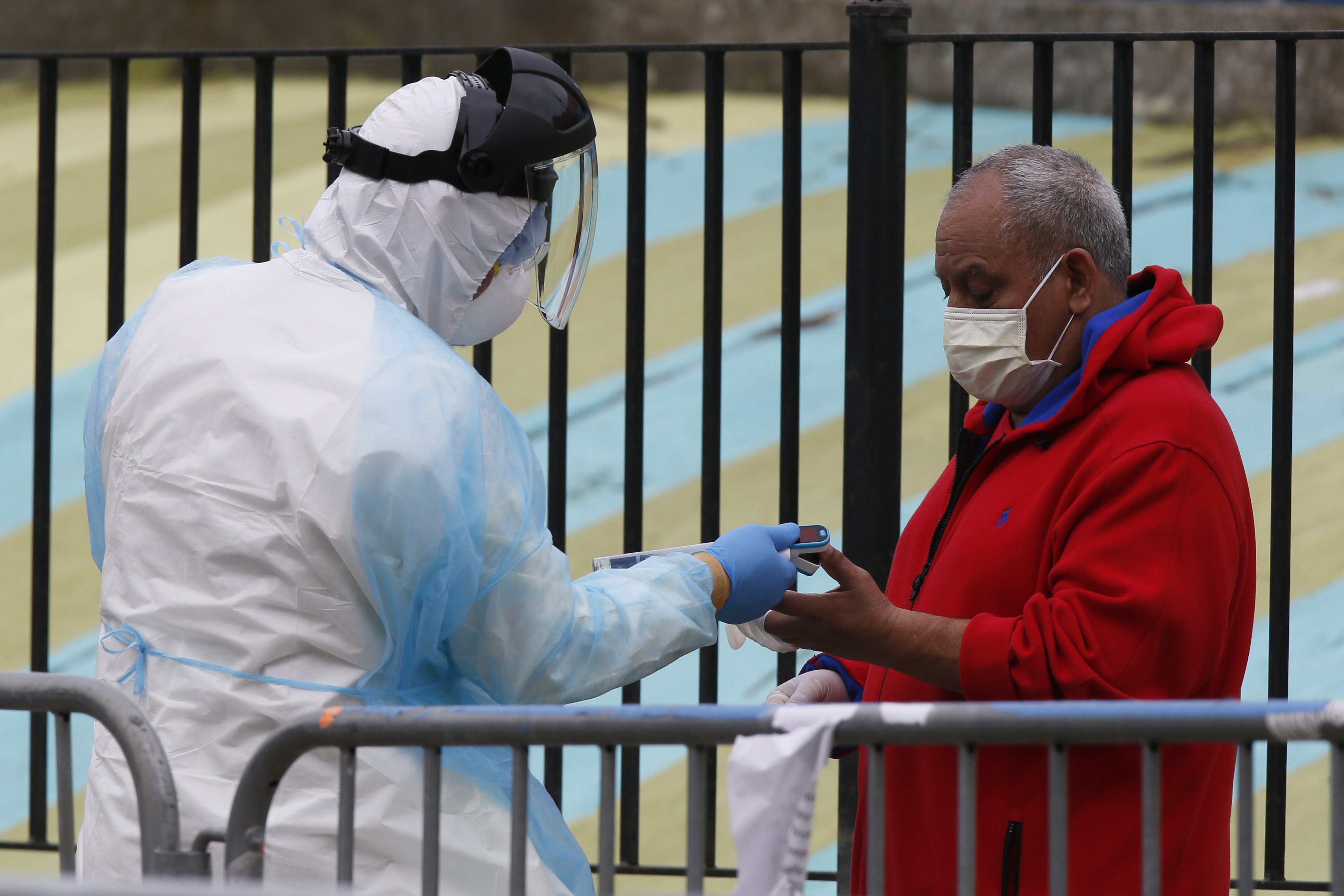
In terms of handling a health situation that no one could have prepared for, Kessler said that the whole hospital and the emergency department has “done a great job,” volunteering for extra shifts, coming in when they are not scheduled to work and going above and beyond their normal roles.
“They’ve stepped up in amazing ways, they’re doing things that they’ve never imagined they would have to do. In our department and throughout the hospital but everybody in the ED has just been more than I could have ever asked for,” said Kessler. “There’s been no one that’s said no to any request or requirements, they’ve all in fact volunteered to do more. They’ve all spent time learning how to best treat these patients.
“Everybody in my department knows how to work a vent, they know the different types of vents [and] they know how to use them in a very short period of time,” Kessler continued. “We have a really strong residency program and our nurses [and] everybody have stepped up in exceptional ways.”

